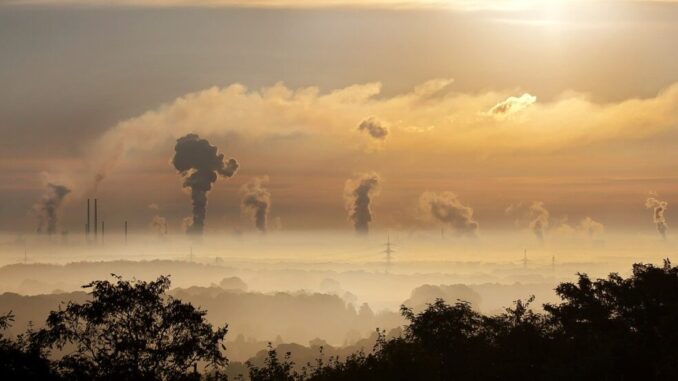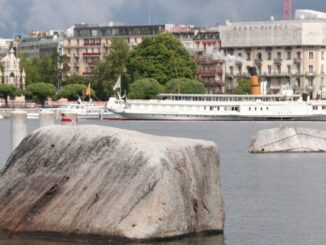
The world stops. People usually work in their home offices, cars stay in garages, planes on the ground. But not everything has stalled; determining the amount of pollutants in our atmosphere is extremely exciting, especially in these times. Empa researchers analyze and evaluate the values measured at measurement stations throughout Switzerland. The sky is currently empty, and the roads are not very busy. The measures taken by the Swiss Confederation have an impact not only on our daily lives, but also on air quality. The 16 measuring stations of the National Air Pollution Monitoring Network (NABEL) monitor and analyze many pollutants in the atmosphere. These data show the state of air quality in Switzerland since the blockage. Researchers at the "Air Pollution / Environmental Technology" laboratory Empa are particularly busy these days and are constantly updating their data. However, the analysis of these data is extremely complex. Because the extent to which air is polluted by pollutants does not depend solely on their emissions; weather – especially wind and temperature conditions – plays a major role. For example, calm inversion weather, i.e. when the upper air layers are warmer than the lower layers, tend to result in polluted air rather than strong winds. Simple comparisons of air pollutants before and after containment are therefore not enough.
Time is an important factor
For example, the mild temperatures of recent months have resulted in a good mix of the air layer near the ground and therefore good air quality. In addition, during the second half of March, a strong breeze caused strong dilution and low levels of air pollutants. For this reason, a reduction in pollutants has been observed at many sites compared to the previous year, but this cannot be directly attributed to the actions taken by the federal government in relation to the Covid-19. Computer models, however, are useful because they can predict air quality based on long sets of measurements and information such as time, time of year and time of day – provided no exceptional events occur. The measures taken since mid-March are precisely an exceptional event. A comparison of forecasts and observations can therefore be used to say something about the influence of Covid-19 on air quality. Nitrogen oxides, for example, have been significantly reduced by measures taken in areas close to roads, while their concentration in rural areas is almost exclusively determined by weather conditions. Press release admin.ch-portal of the Swiss government- Source and details




Be the first to comment